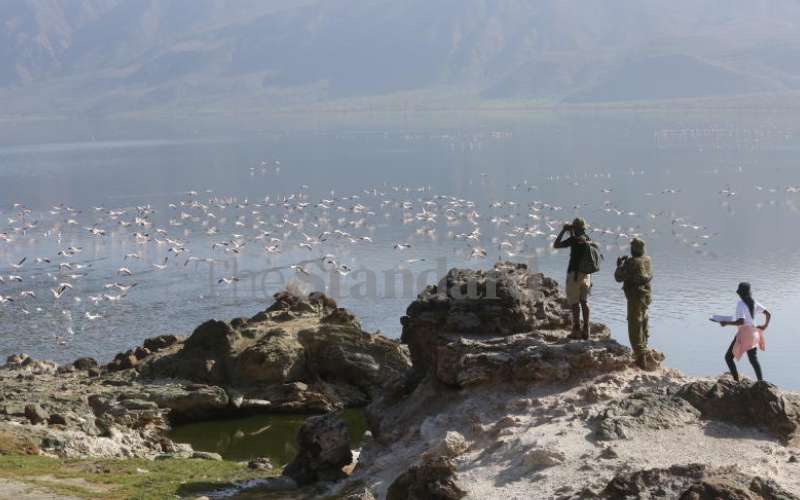×
The Standard e-Paper
Kenya’s Boldest Voice

Birders carrying out bird census at Lake Bogoria, February 26, 2022. [Kipsang Joseph, Standard]
It is 4.30am and birders taking part in the biannual national waterbird counts are converged for a briefing at Lake Bogoria National Reserve ahead of dispatch.